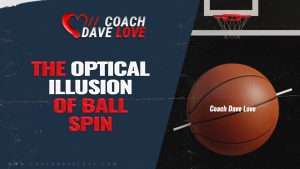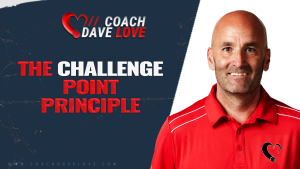Ask most coaches about their shooting workouts, and you’ll probably hear a few familiar phrases:
- “We do form shooting every day.”
- “We get a ton of reps — game shots from game spots at game speed.”
- “We’re focused on building muscle memory.”
But dig a little deeper, and you start to see the problem.
A lot of what feels like deliberate, high-quality shooting work… is missing the mark.
As someone who’s coached shooting in the NBA and co-authored a research paper on the Periodization of Skill Training (PoST) framework, I’ve seen this misunderstanding across every level of the game — and I get why it happens. Practice time is precious. Coaches mean well. But without a deeper understanding of what type of work you’re doing — and why — even the most well-structured drills can lose their value.
So, What Is the PoST Framework?
The PoST framework breaks shooting development into three types of training, each serving a different purpose, requiring a different approach, having more optimal times to use them, and are often misunderstood:
- Movement Coordination Training (MCT) – Building or refining a new habit. Think “Contemporary Form Shooting”.
- Skill Adaptability Training (SA) – Stress testing that habit under variable and complex conditions.
- Performance Training (PT) – Sharpening execution right before a game.
It’s not a linear progression. Players bounce between stages based on need, timing, and context. But understanding which type of training you’re in — and what success looks like there — is critical.
The Misconception: “We Do Form Shooting Every Day”
Coaches often say this with pride. But form shooting on its own doesn’t automatically mean you’re doing Movement Coordination Training.
True MCT has purpose. It’s built around a specific habit you’re trying to change or reinforce.
But here’s how “traditional form shooting” often looks in practice:
- No defined goal or habit to work on.
- No accountability for movement quality.
- Overly simplified with no constraints or variability.
- Same shot, same spot, over and over.
- No challenge.
That’s not MCT. That’s comfort work. And while it may feel productive, it’s rarely transformational.
The Trap: “Game Shots from Game Spots at Game Speed”
This sounds like Performance Training, and sometimes it is. But more often, it’s just a fast-paced version of blocked practice.
Here’s what’s often missing:
- No defenders – which means no real reads.
- No decisions – the outcome is predetermined.
- No link to recent skill work – it’s just reps, not intentional reps.
PT should sharpen execution in the context of the game. That context includes unpredictability, decision-making, and pressure. If you’re not practicing those things, you’re not truly preparing for performance.
The Most Overlooked Stage: Skill Adaptability Training
Most coaches entirely miss this phase. We love clean, perfect drills. We want to see the “ideal form.” But games are messy.
Skill Adaptability Training (SA) is the messy middle. It’s where new habits get tested:
- Shooting off balance.
- Catching bad passes.
- Adjusting footwork under pressure.
- Getting balanced in challenging situations.
- Making reads with limited time.
This is where transfer happens. If a player only ever succeeds in perfect conditions, they’ll break down when the game inevitably introduces chaos.
What Practice Should Actually Look Like
Within the PoST framework, every practice should start with three questions:
- When is our next game?
- What habit are we working on?
- What’s the best type of training to reinforce it today?
Then match your drills to the right phase, depending on when your next game is:
Movement Coordination Training – MCT
- Purpose: Re-coordinate or stabilize a movement pattern
- Common Mistake: Thoughtless form shooting
- What It Should Look Like: Purposeful, simplified drills targeting a specific habit, with minimal but intentional variability
- Most Effective Timing: Early off-season or several days before a game
Skill Adaptability – SA
- Purpose: Adapt that habit to game-like variability
- Common Mistake: Skipped entirely
- What It Should Look Like: Unpredictable reps, constraint-based drills, movement + decision-making challenges
- Most Effective Timing: Ramp-up days leading to the season or next game
Performance Training – PT
- Purpose: Prepare for performance
- Common Mistake: Fast but predetermined reps
- What Should It Look Like: Game-representative drills with pressure, defenders, or consequences; builds confidence in known habits
- Most Effective Timing: Game days or immediately before games
And remember: you don’t need to stay in one phase until you master it. A good training cycle will blend all three — you just need to know when you’re shifting and why.
Closing Thought
If you’re serious about building adaptable shooters — not just repeatable ones — start by understanding what type of work you’re actually doing. PoST gives you a roadmap.
And once you start mapping practice design to this framework, everything changes: the quality of your reps, the decisions your players make, and the confidence they carry into games.



